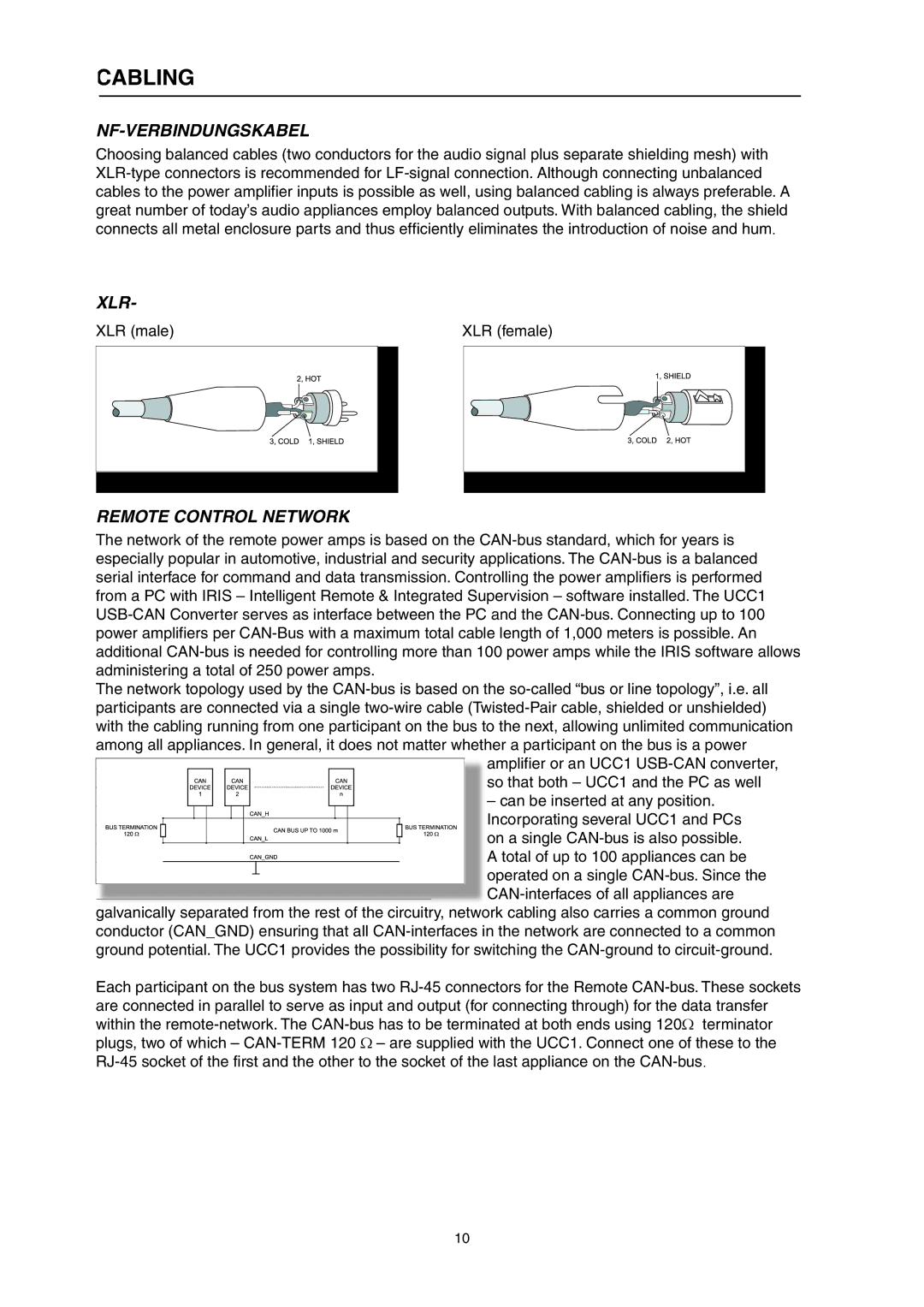P1200RL, P900RL specifications
Electro-Voice P900RL and P1200RL are high-performance power amplifiers designed for various audio applications, including live sound reinforcement, installations, and studio settings. These amplifiers stand out in the market due to their innovative technologies and robust features, making them suitable for both professional audio engineers and audio enthusiasts.The P900RL model delivers a powerful 900 watts per channel at 4 ohms, while the P1200RL offers an even more impressive output of 1200 watts per channel at the same impedance. This significant power enables these amplifiers to drive a wide range of loudspeakers proficiently, ensuring clean and dynamic sound reproduction with minimal distortion.
One of the key features of the P900RL and P1200RL is their efficient Class H topology. This technology improves energy efficiency by maintaining high power output with less heat. Class H amplifiers dynamically adjust their power supply voltage according to the input signal, resulting in reduced power consumption and increased longevity of the components. This makes the P series amplifiers not only powerful but also environmentally friendly.
Both models come equipped with a built-in limiter and comprehensive protection circuitry to prevent damage from overheating, short circuits, and overloading, ensuring safety and reliability in demanding environments. Additionally, the amplifiers feature a tri-mode operation, enabling them to be configured for stereo, parallel, or bridged mono setups, providing versatility for various audio applications.
The P900RL and P1200RL also include advanced signal processing capabilities, including a variable low pass filter for enhanced sound control and clarity. The integrated cooling system maintains optimal operating temperatures, allowing for extended use without the risk of thermal issues.
Audio connectivity is straightforward with both XLR and ¼-inch TRS inputs, allowing the amplifiers to interface with a variety of audio sources. The professional-grade output connectors ensure secure and reliable connections to speakers, critical for live sound applications.
In conclusion, the Electro-Voice P900RL and P1200RL amplifiers offer a compelling combination of power, efficiency, and versatility. With their advanced technologies and protective features, they cater to the demanding needs of sound professionals while delivering high-quality audio performance suitable for any occasion.

